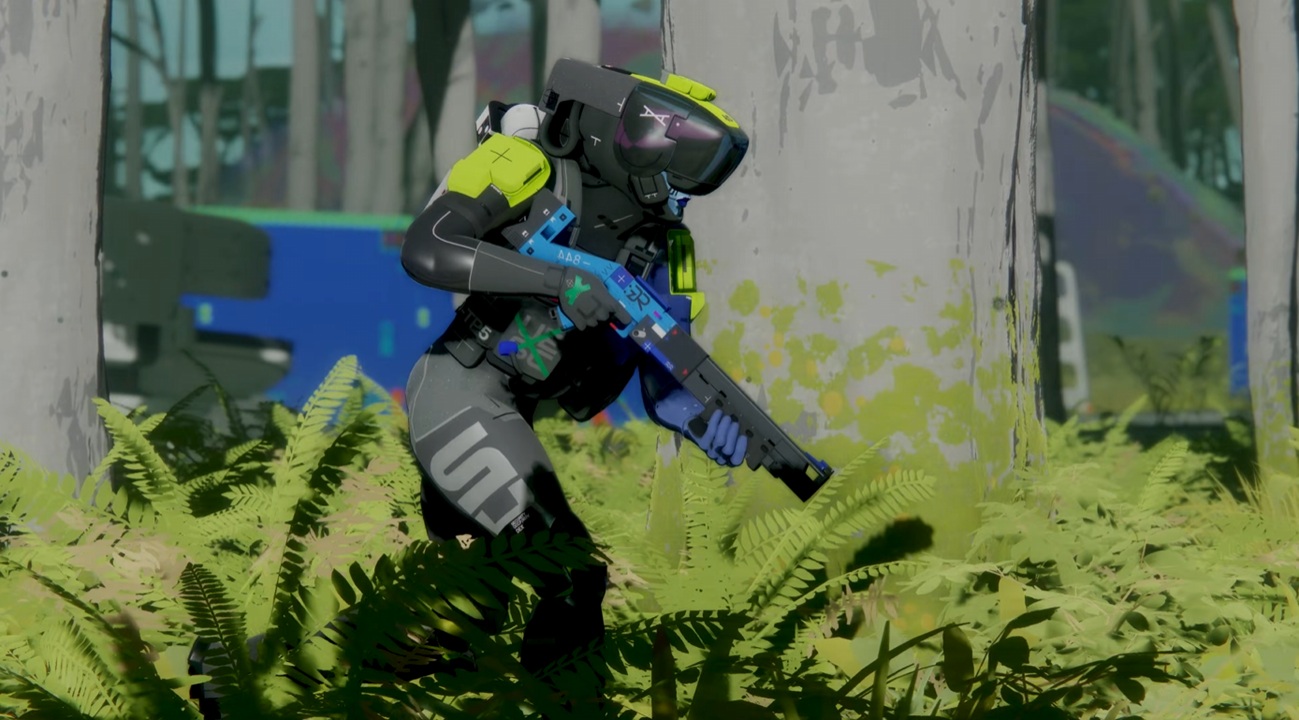Microsoft Lumia 950 originally had gestures that made it much 'smarter'
We go hands-on with an early Lumia 950 prototype featuring smart gestures that never made it into the device that was released.
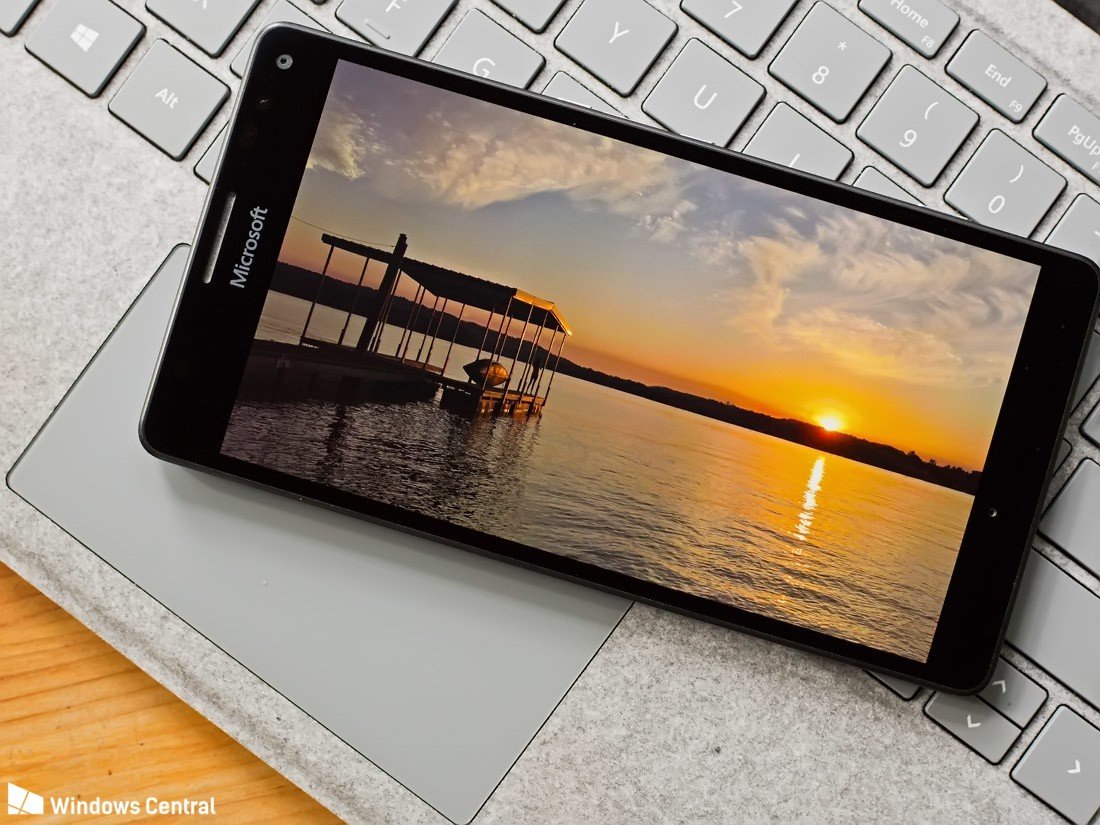
To many, the launch of Microsoft's Lumia 950 and Lumia 950 XL was somewhat of a disappointment. While both devices were an improvement over previous Windows phones, they did very little to stand out from the rest of the market. Sure, they had great cameras for the time, but any positives in the hardware at launch were quickly overshadowed by buggy software, most of which did not get resolved until several months into the product's lifecycle.
The devices that shipped in November 2015 were not the devices Microsoft had originally planned. During development, in an attempt to stabilize the platform, Microsoft cut several notable hardware and software capabilities, including pen support, and advanced hardware gestures. While pen support is pretty self-explanatory, the removed gesture support is much more interesting.
Hands-on with Lumia 950 gestures
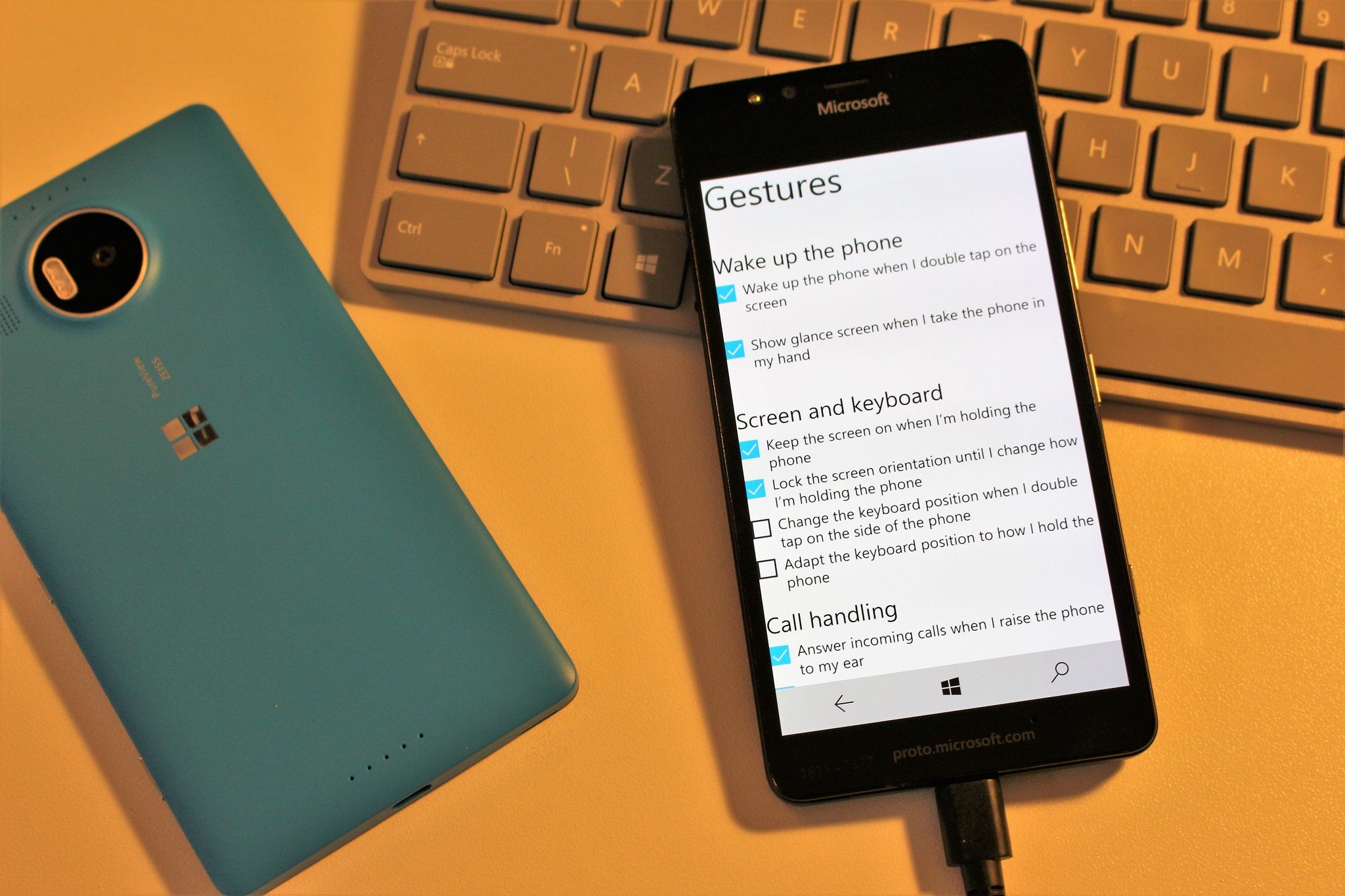
Early Lumia 950 prototypes featured what Microsoft internally referred to as "active sides." These early prototypes featured capabilities that allowed the phone to sense the sides of the handset, which enabled all kinds of additional functionality in the form of gestures. This functionality was initially worked on with the Lumia McLaren, a device that was canceled over a year before the Lumia 950 shipped.
I recently got my hands on one of these early Lumia 950 prototypes, which came with a working pre-release version of these gestures. It appears Microsoft was going to use gestures to make the Lumia 950 "smarter."
Microsoft was apparently building this functionality into an app called Touch & Gestures, which ended up shipping as just Touch. You can find the Touch app in the extras area in Settings on your Lumia 950. In early prototypes, this app also had an area dedicated to gestures, with Microsoft describing the feature as allowing the user to "interact naturally with your phone."
Every single gesture that Microsoft was working on could be turned on or off, meaning if you didn't like some of the gestures, you didn't have to use them. There are five different categories of gestures, with a total of 17 specific gestures for the user to enable:
- Wake up the phone.
- Screen and keyboard.
- Call handling.
- Ringtone and alerts.
- Cortana.
Here's a quick rundown of each gesture per-category.
Get the Windows Central Newsletter
All the latest news, reviews, and guides for Windows and Xbox diehards.
Wake up the phone
There are only two gestures under this category, the first of which is something that shipped: Double-tap to wake. The other gesture enabled the ability to show the glance screen when you pick up the phone, kind of like lift to wake.
Screen and keyboard

There are four gestures under this category, all of which are designed to make using the phone easier. The first gesture is to "keep the screen on when I'm holding the phone." When enabled, the screen will not dim or go to sleep when you are holding the device, meaning you don't need to keep tapping on the display every 30 seconds to prevent it from going off.
The second gesture is more useful to me. When enabled, the device can detect which orientation you're using the phone, and lock or unlock auto rotate based on whether it makes sense to do so. For example, if I'm holding the phone regularly and I go to lay down, the phone won't flip the screen around as it assumes I'm still using the phone in portrait mode, which I usually am.
The other two gestures are for the keyboard, which when enabled let the user double-tap either side of the phone to dock the keyboard to the right or left of the screen. This one would make more sense on the Lumia 950 XL variant.
Call handling
There are five gestures in this category, most of which are run of the mill. The first three are all about answering and hanging up calls, such as raising the phone to your ear to answer an incoming call, flipping the phone onto its screen to ignore it, and putting the phone in your pocket to hang up a call.
The other two are all about speaker mode. When enabled, you can put the phone down onto a table to automatically turn on speaker mode, and you can also set it so phone calls automatically answer in speaker mode when you press answer without holding the phone.
Ringtone and alerts
This category is a continuation of the one above and includes an additional five gestures. The first two are about silencing incoming calls, allowing you to silence the call when you hold the phone, or when you cover the screen. The other three gestures are for alarms, which lets you flip the phone over, hold the phone, or cover the screen to silence an alarm.
Cortana
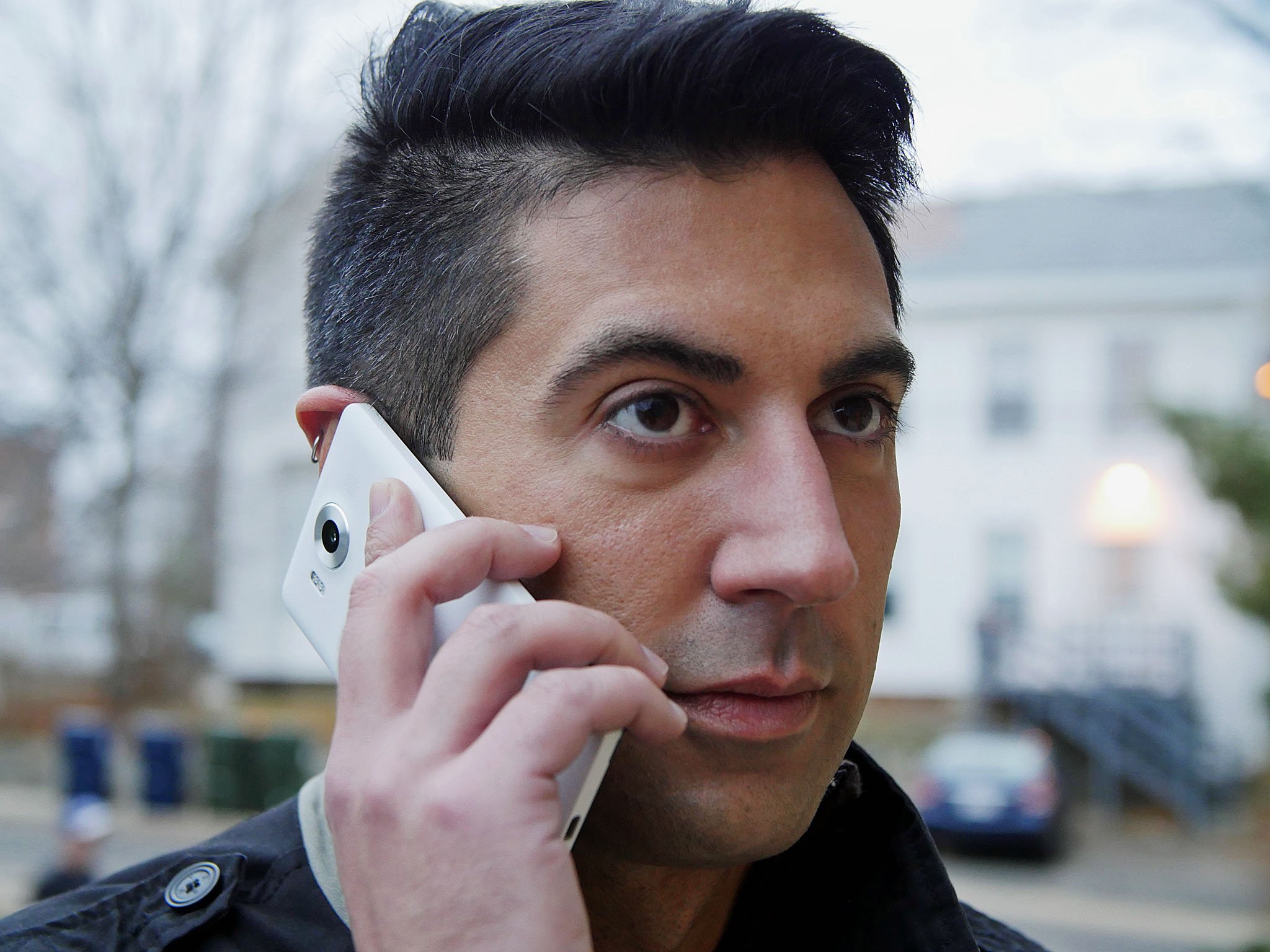
This is the final category, which includes only one additional gesture. This gesture is a unique one, which I think would convince more people to use their digital assistants if it was available on more phones. This gesture will activate Cortana when the user raises the phone to their ear.
So, instead of opening the Cortana app and pressing the microphone button to begin speaking, you hold the phone to your ear and start talking instead. Cortana will answer your request in the earpiece, so nobody has to know that you're speaking to an AI.
What could have been ...
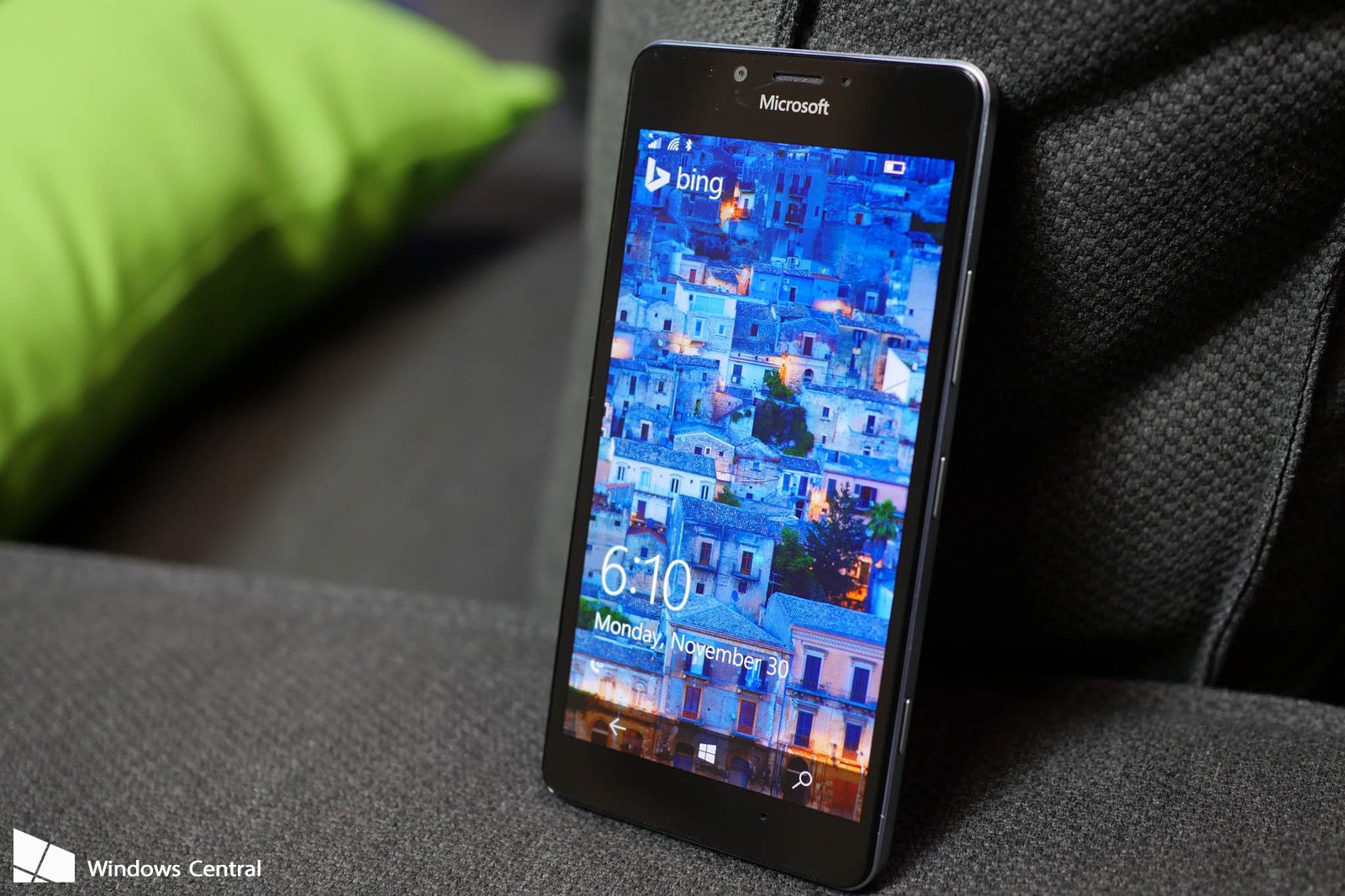
When in use, all of these gestures make the Lumia 950 feel like a much smarter handset. The phone knows when I'm holding it so that it doesn't auto rotate when I don't need it to and will stop ringing if a phone call comes in and I'm already holding the device. It's the little things like this that make using a phone pleasant, and the Lumia 950 didn't have any of that when it launched.
It's a shame these gestures never made it into the final product. Even today, most of these gestures aren't available on even the top-end Android phones. Using gestures to make the phone work for you is an excellent way of enhancing productivity when using the phone. Hopefully, Microsoft's future mobile efforts include this type of functionality.
What are your thoughts on these canceled features? Let us know in the comments.

